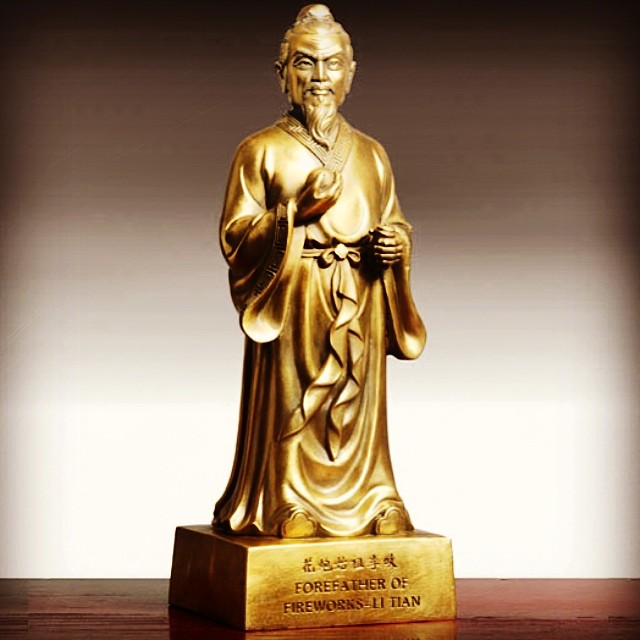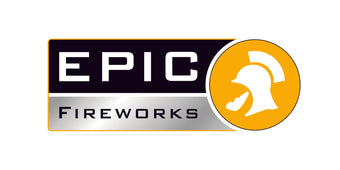
History of Fireworks
Many people associate fireworks with 5th November, Diwali, Independence Day, but their original use was in New Year's celebrations. Do you know how fireworks were invented? Legend tells of a Chinese cook who accidentally spilled saltpeter into a cooking fire, producing an interesting flame. Saltpeter, an ingredient in gunpowder, was used as a flavouring salt sometimes. The other gunpowder ingredients, charcoal, and sulfur, also were common in early fires. Though the mixture burned with a pretty flame in a fire, it exploded if it was enclosed in a bamboo tube.
This serendipitous invention of gunpowder appears to have occurred about 2000 years ago, with exploding firecrackers produced later during the Song dynasty (960-1279) by a Chinese monk named Li Tian, who lived near the city of Liu Yang in Hunan Province. These firecrackers were bamboo shoots filled with gunpowder. They were exploded at the commencement of the new year to scare away evil spirits. Much of the modern focus of fireworks is on light and color, but loud noise (known as "gung pow" or "bian pao") was desirable in a religious firework since that was what frightened the spirits. By the 15th century, fireworks were a traditional part of other celebrations, such as military victories and weddings. The Chinese story is well-known, though it's possible fireworks really were invented in India or Arabia.
In addition to exploding gunpowder for firecrackers, the Chinese used gunpowder combustion for propulsion. Handcarved wooden rockets, shaped like dragons, shot rocket-powered arrows at the Mongol invaders in 1279. Explorers took knowledge of gunpowder, fireworks, and rockets back with them when they returned home. Arabians in the 7th century referred to rockets as Chinese arrows. Marco Polo is credited with bringing gunpowder to Europe in the 13th century. The crusaders also brought the information with them.
Many fireworks are made in much the same way today as they were hundreds of years ago. However, some modifications have been made. Modern fireworks may include designer colours, like salmon, pink, and aqua, that weren't available in the past. In 2004, Disneyland in California starting launching fireworks using compressed air rather than gunpowder. Electronic timers were used to explode the shells. That was the first time the launch system was used commercially, allowing for increased accuracy in timing (so shows could be put to music) and reducing smoke and fumes from big displays.
